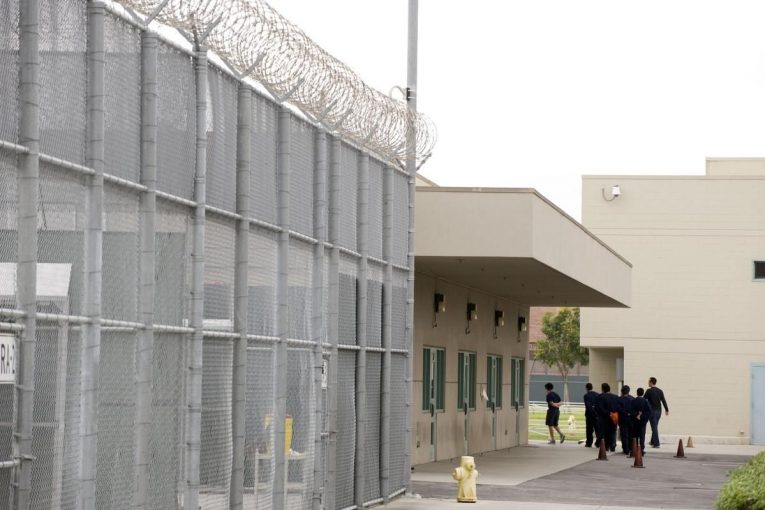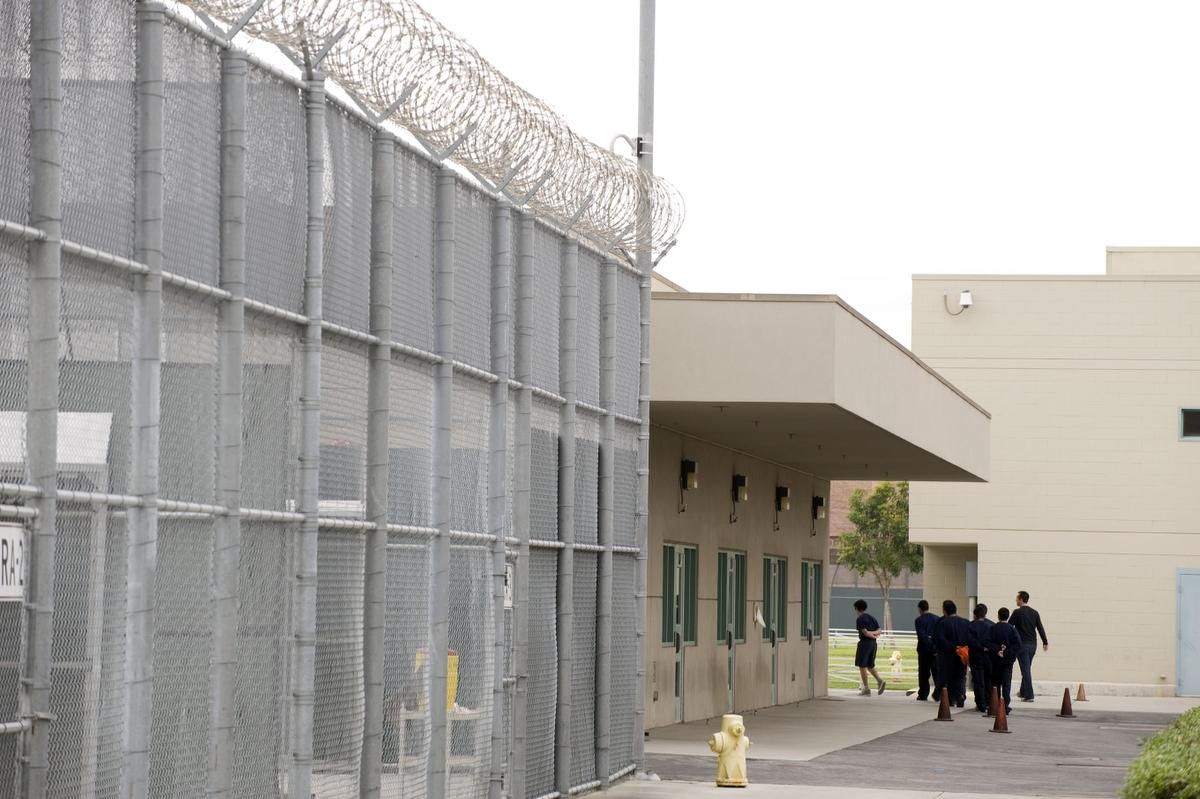

By Nancy Martinez
Youth in juvenile detention centers during the COVID-19 pandemic are deprived of social contact with family members and are at a higher health risk than the general youth populations.
The reaction to COVID-19 has varied from state to state and from environment to environment. The first COVID-19- related death in a prison population was reported in late March. Since then, states have initiated some efforts to reduce the overall prison populations. However, the responses have not been adequate. Furthermore, juvenile populations have been especially neglected by public awareness.
As of April 26, there have been 150 known youth with COVID-19 cases in juvenile detention facilities. In addition, 283 juvenile detention facility staff have also reported a COVID-19 diagnosis. These known cases are enduring the exponential growth the entire country is also undergoing. Similarly, the number of actual cases may be higher than the reported cases due to the low number of available tests.
Several counties, including Yolo County, have actively worked to decrease the juvenile population that is being held in detention centers to limit the amount of contact between each individual. However, there are other concerns that arise with juvenile populations.
Though youth have been less susceptible to serious health outcomes regarding COVID-19, juveniles who are held in detention centers are disproportionately affected by more health issues. Prevalent health issues in juveniles range from asthma to STDs and HIV and between 65 to 70% of incarcerated juveniles have some mental health disorders. COVID-19, being a respiratory illness, can be highly detrimental to juveniles with asthma.
Many parents have grown concerned over the conditions their children are being kept in. In-person visits have been suspended during the pandemic while phone calls remain available. Parents have received phone calls from their children who are terrified they will die in the facilities. The children who have not yet been released are being stripped of physical contact with their family, and  this is a very different problem than that seen with adults in prisons. Children need physical contact and many are currently being deprived and isolated.
this is a very different problem than that seen with adults in prisons. Children need physical contact and many are currently being deprived and isolated.
In Louisiana, riots by youth have broken out against the conditions in which they are kept. Other states have experienced similar events that result in the youth being pepper-sprayed by guards. Youth who experience any symptoms are being put in solitary confinement, where they are separated from the rest of the population with little treatment being made available. Communication between facilities and families of youth has been seldom and many parents are demanding the release of their children and, at the very least, some information of the status of the children’s time. Many cases have been delayed and the time spent in detention centers is being prolonged without proper communication.
Apart from no visitation by family members, youth are also being deprived of education since instructors are not allowed to enter facilities. As many school districts are doing, education packets are being given to youth to complete on their own. However, many youths who are in detention centers also have learning disabilities.
Given that over 70 percent of juveniles are being held for low-level crimes, and many are expecting larger populations to be released. Unfortunately, the decision for mass releases is not made by the state government. Rather, local agencies have the say on how they move forward with releases.
In Yolo County, Sheriff Tom Lopez and Chief Probation Officer Danin Fruchtenicht have updated the Daily Democrat on what they are doing in their facilities.
-
- Field staff has been directed to consult with management before booking a juvenile to ensure that all alternatives have been considered.
-
- Visiting time has not been suspended; instead, the number of allowed visitors has been decreased and visitations are being held through glass-divided settings.
-
- Phone call times have been increased to 30 minutes a week.
-
- Temperature checks are being performed to ensure that no one with a temperature enters the facilities.
-
- The total population has been decreased through releases.
-
- Education packets are being distributed to youth.
- Symptomatic youth are being isolated in empty pods.
Since the population in juvenile detention is considerably lower than the adult jail population, many people are kept uninformed of the conditions youth are held in. As discussed, many youth in detention centers are at higher health risks than the general youth population. If more cases within the staff of these centers persist, local agencies must undergo the immediate release of youth. As of now, more educational and emotional support must be offered to youth experiencing substantial social isolation.
To sign up for our new newsletter – Everyday Injustice – https://tinyurl.com/yyultcf9





